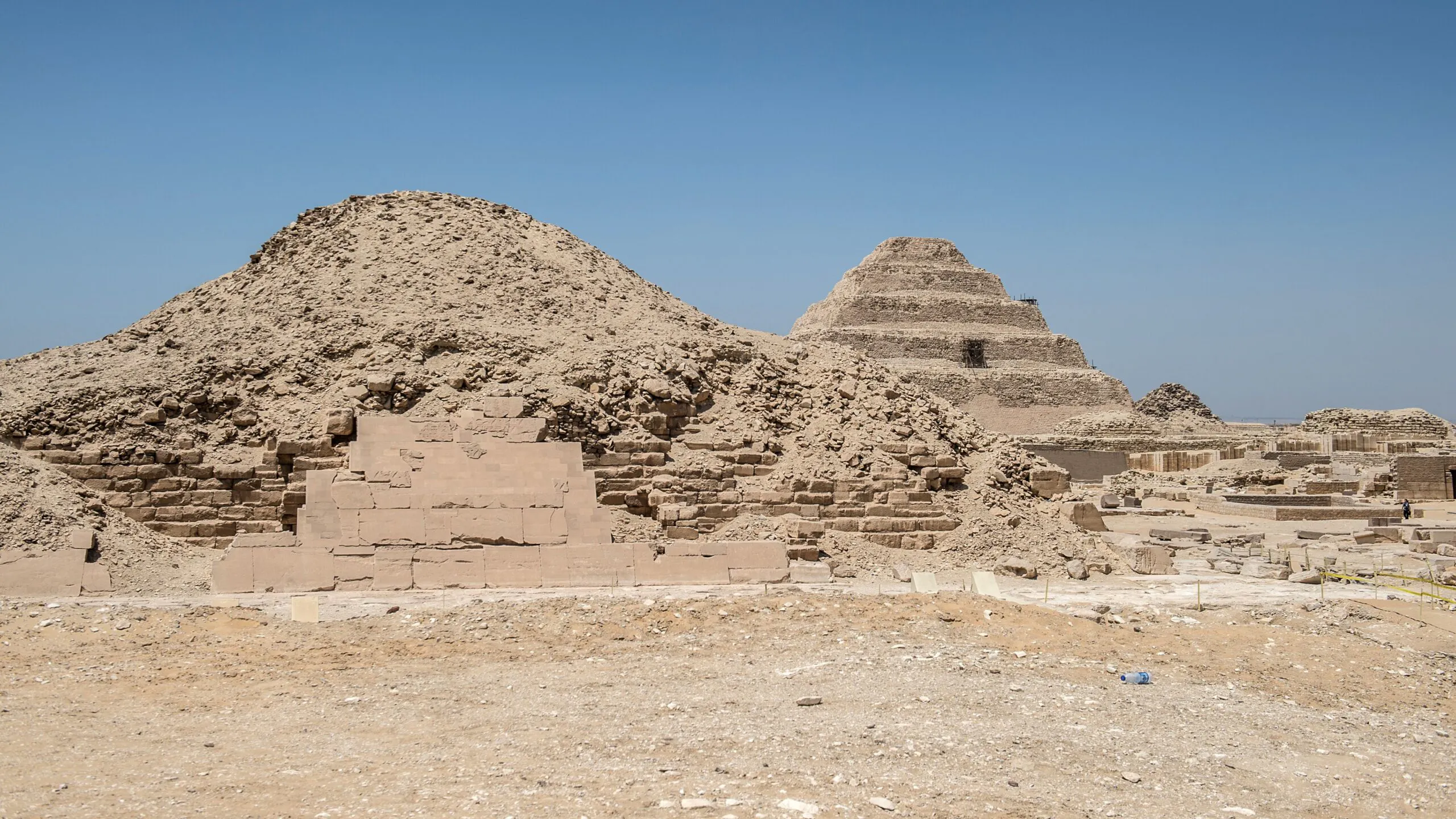Some of the unknowns regarding the concoctions and processes used by ancient Egyptian embalmers are now more clear after researchers studied the contents of a previously discovered embalming workshop, according to a study published in Nature Wednesday.
An archeologist made the rare discovery in 2016: an embalming workshop where Egyptians prepared their dead. The chamber dates to the 26th dynasty, between 664 and 525 BC. Inside the workshop, which is located near the pyramid of King Unas, were 121 beakers and bowls that contained residue that researchers have now been able to identify.
“I was fascinated with this chemical knowledge of ancient Egyptians,” Phillip Stockhammer, a professor of prehistoric archeology at the Max Planck Institute and senior author of the study, said. “They knew immediately they needed antibacterial, antifungal substances to keep the skin preserved, and this is without having any microbiology background.”
Stockhammer notes that researchers have largely had to make their best guesses on what the Egyptians used in the mummification process, until now. Much of the pottery in the workshop was labeled with instructions and ingredients, including “to put on his head” and “bandage or embalm with it.” From the find, researchers chose 22 bowls and nine beakers with the most legible labels to examine through an “organic residue analysis.”
Some of the materials identified include animal fats, beeswax, resin from pistachio trees, and cedar, cypress, and juniper oils. Researchers discovered that some of the mixtures of contents had been carefully distilled or heated. Juniper and cypress in the form of oil or tar were most common, identified in 21 of the 31 vessels. The second most common material was cedar oil or tar, found in 19 of the vessels, according to the study. A bowl that contained animal fat and elemi, which hails from the canarium tree, was intended to “make his odor pleasant,” while other materials reportedly had microbial properties.
The majority of the ingredients used came from lands far away from Egypt, and the study states that this meant there was “an almost global network” of trade with the Egyptians, helping further explain the exchange of goods and the trade networks used during that time. The study explains that while trade networks in the Mediterranean basin were already well known, “the Saqqara workshop provides additional evidence for long-distance trade networks via the vivid Indo-Mediterranean trade routes, which seem to have existed since the 2nd millennium BC.”
While scientists have been able to study and examine various materials used by embalmers through historical texts and mummies in the past, this is reportedly the first time they’ve had the opportunity to look at the materials found in the place where the mummification process occurred. With that information, actually linking the previously known information on the embalming process had been the difficult part, according to Nature. The new breakthrough allows researchers to match contents with labels and intended use.
“You might have the name of something, but you don’t know what the hell it is, except the hieroglyphics suggesting it’s an oil or a resin,” Salim Ikram, a mummy specialist at American University in Cairo, told the journal “This is the first time you’ve got jars with labels of the contents.”

.png)
.png)

